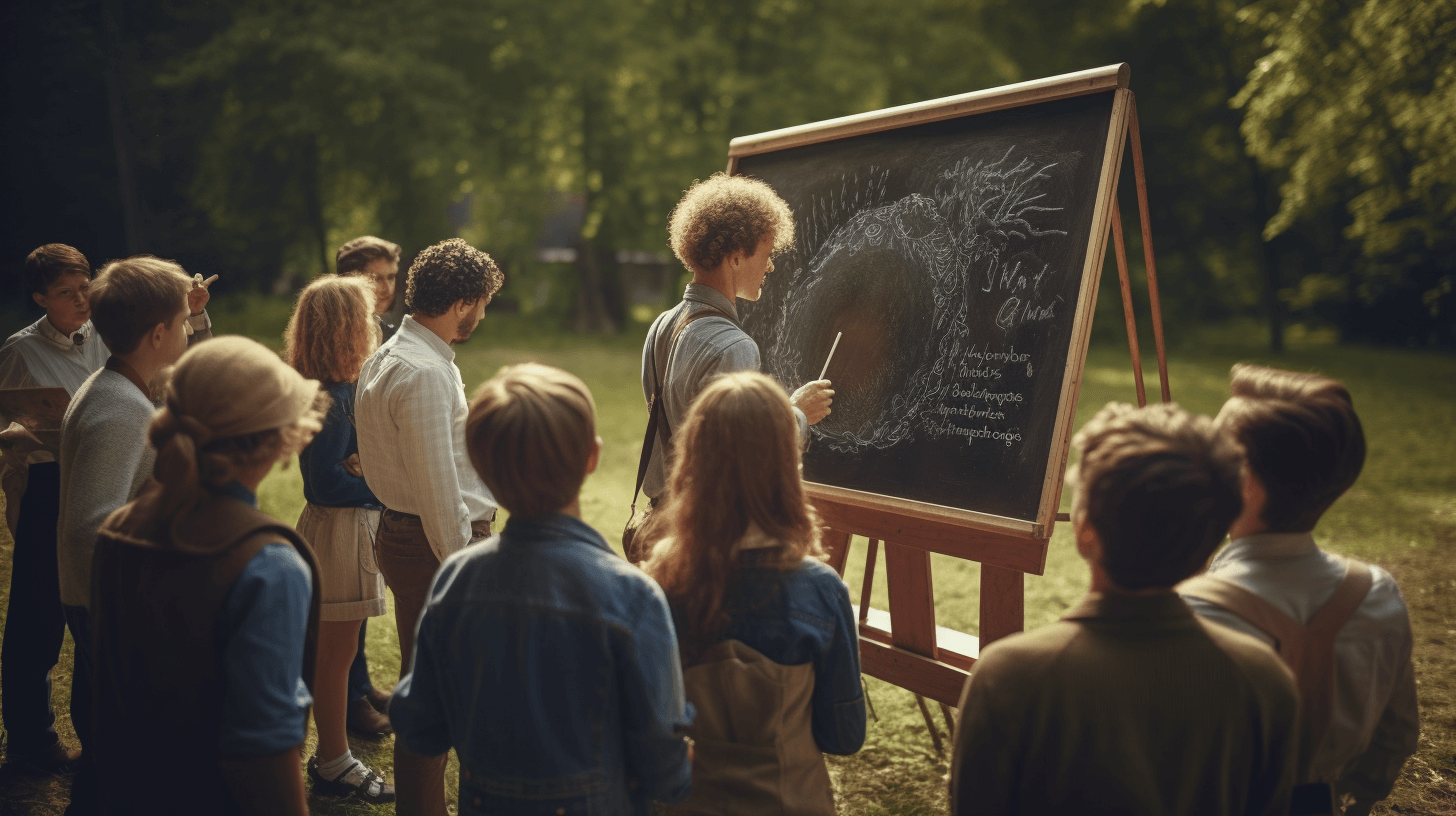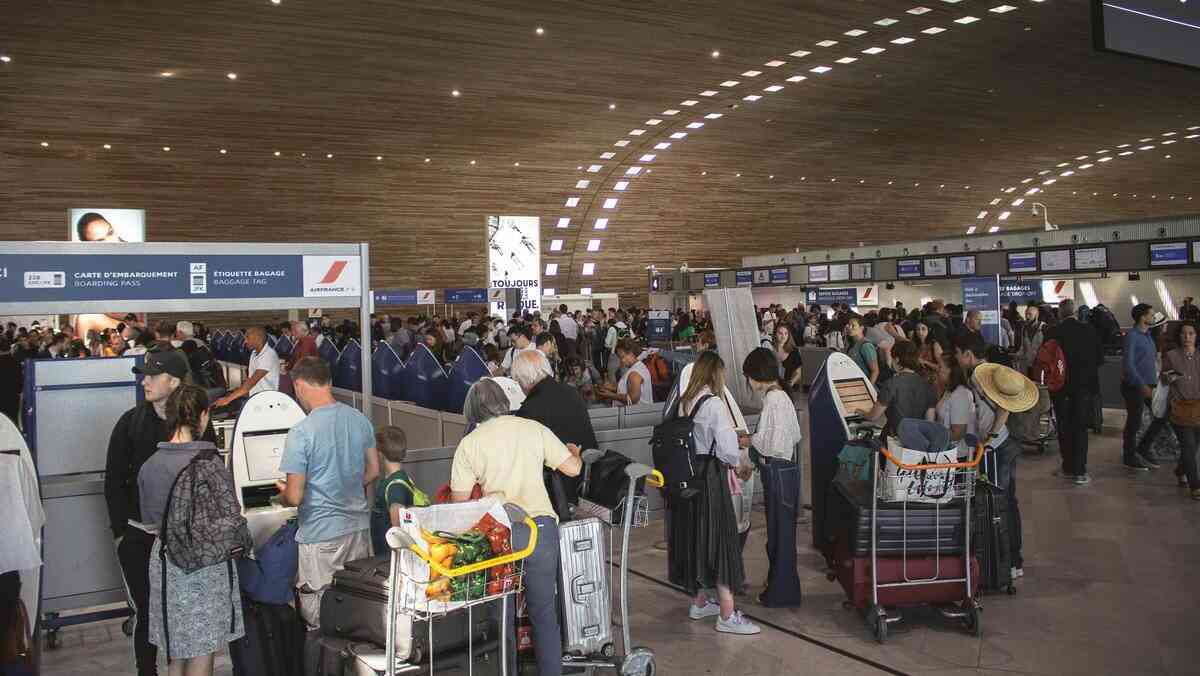Science
The Sun Faces Doom: Webb Telescope Captures a Haunting New Image
05 January 2026

The foundational principles of education demand a reevaluation. Building upon the educational objectives introduced by Bloom several decades ago, we can shape a modern, inventive learning environment for students. There is value in considering a departure from the traditional seated classroom, perhaps introducing stand-up problem-solving sessions. Education should be viewed as a holistic entity, where knowledge is not fragmented but seen as an interconnected whole.
Education should not solely focus on rote memorization or applying prescribed algorithms. It should not be confined to ticking the right boxes in tests or solving a narrow range of tasks. Instead, its primary aim should be to nurture critical thinking. The ‘Thinking Classroom’ methodology, developed by Canadian mathematical education expert Peter Liljedahl, is a testament to this. Its implementation across various settings can indeed be both feasible and advantageous.
Education must serve a definitive purpose. For centuries, its foundation was rooted in memorization and the regurgitation of the content presented by educators. However, in the mid-20th century, a team of American educational psychologists led by Benjamin Samuel Bloom devised a groundbreaking framework to redefine the objectives of learning. This model, coined ‘Bloom’s Taxonomy,’ provides a comprehensive system for describing and assessing educational outcomes, composed of six primary categories:
The proposed structure is the outcome of deliberations about learning objectives and the assessment of student achievement levels. This framework emphasizes the importance not only of what a student learns and retains but also of how they apply acquired knowledge and skills. Bloom dedicated years to international educational pursuits. He was instrumental in establishing the International Association for the Evaluation of Educational Achievement (IEA), a global organization focused on researching educational attainments. Due to their efforts, data began to be collected that could serve as a foundation for enhancing the quality of global education.
In 2001, a group comprising cognitive psychologists, curriculum theorists, instructional researchers, and specialists in testing and assessment published a revision of Bloom’s Taxonomy titled “A Taxonomy for Teaching, Learning, and Assessment.” The authors highlighted the importance of recognizing developmental aspects in the learning process that bolster student autonomy. They merged Bloom’s proposed levels of synthesis and analysis, seeing them as two facets of the same competence. Additionally, they introduced a new level called ‘Creation’ – a set of skills associated with proposing innovative solutions.

A prevailing notion in contemporary education is the call to shift paradigms in the learning process, moving away from rote memorization and reproduction towards exploration, creation, and the implementation of innovative solutions. Among the myriad of such proposals is Peter Liljedahl’s “Building Thinking Classrooms in Mathematics.” Liljedahl suggests 14 practices aimed at motivating and engaging students in proactive roles. The first one says that if we wish for students to think critically, we must equip them with the means to do so—something that not only necessitates thought but also actively encourages it. This could manifest in unconventional teaching methods, such as working in small groups and standing up, with boards on every wall of the classroom for collective problem-solving. Another practice emphasizes the vocal pondering by all students on solutions, fostering an environment that values every suggestion and accepts mistakes, thereby cultivating a collective joy in achieving outcomes.
Research indicates that student collaboration and the so-called exploratory discourse are pivotal drivers of student activity and have a profound impact on their immersion in the learning process. Liljedahl’s studies highlight the significance of forming random teams. This approach resulted in 100% of students, within six weeks, approaching tasks with an attitude not only to think but also to actively participate in group endeavors. Furthermore, it was demonstrated that the frequent formation of entirely random groups dismantled social barriers, enhanced mobility, fostered knowledge-sharing, reduced stress, and heightened enthusiasm for mathematics.
A particularly intriguing experiment involved deviating from traditional seated desk-learning and notebook writing. Optimal results were achieved when students worked on vertical, erasable surfaces like whiteboards, chalkboards, or even windows. The nature of the surface was not as crucial as its vertical orientation and its ability to be wiped clean. The transient nature of the written content encouraged greater risk-taking and deterred students from holding back solutions they were unsure of, knowing they could be easily modified or erased.
At the heart of the discussed solution lies the belief that a classroom is not merely a room filled with furniture. Above all, it is a space designed for thinking and collaboration. Studies indicate that the traditional frontal classroom layout fosters passive learning. In contrast, a classroom where students are seated facing all directions creates an environment most conducive to active thought. In conventional classrooms, tasks are often assigned to students in written form via workbooks or textbooks, inscribed on the board, or projected on a screen. Interestingly, it has been found that completing tasks from a textbook diminishes students’ conceptual engagement compared to when the same challenge is presented on a whiteboard. Equally significant is the timing and manner in which students receive specific tasks. Liljedahl’s research showed that presenting a task within the first five minutes of the lesson results in substantially greater engagement in solving it than if introduced later in the session. Furthermore, students think more intensively when standing casually around the instructor, as opposed to when they are seated at their desks.
In summary, in a thinking classroom:
All these changes not only demand but also enhance students’ autonomy. Furthermore, they evoke a readiness to harness the full potential of the classroom. They teach students to observe their peers’ work, draw upon knowledge accumulated during collective tasks, and inspire a willingness to take creative initiatives.
A school that fosters thinking prioritizes experiences, processing, creation, and the exploration of new, personalized solutions. This approach demands dialogue, collaboration, mutual learning, and a curriculum grounded in a holistic model of education. Among those championing this model is the Holistic Think Tank, which is working on the concept of an interdisciplinary subject termed IDS. Their vision is the creation of a universal curriculum that could replace any school subject taught in primary education anywhere in the world. This idea is not built around specific content or repeatable algorithms, but instead focuses on numerous educational challenges, allowing each student’s autonomous developmental experiences:
Schools, the organization of learning, and anticipated outcomes require significant change, focusing on stimulating student engagement. Implementing the principles of the thinking classroom and integrating educational content and objectives can be beneficial. It is high time for educators to recognize the value of interdisciplinary educational programs. Those responsible for the state of education would benefit from a critical examination of the challenges facing schools and an acceptance of their creative transformation and necessary modifications.
Read more on Holistic News


Truth & Goodness
04 January 2026

Zmień tryb na ciemny